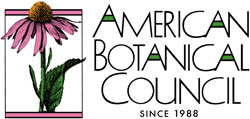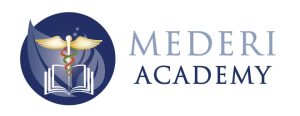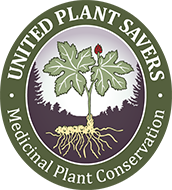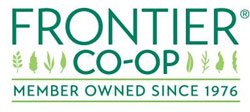 Christopher Hobbs is a fourth-generation internationally known herbalist, licensed acupuncturist, author, clinician, botanist, mycologist and research scientist with over 35 years of experience with herbal medicine. Here he talks about his intensive at Medicines from the Earth on June 5 titled “Treating Infections with Natural Medicines—An Integrative and Cross-Cultural Approach”
Christopher Hobbs is a fourth-generation internationally known herbalist, licensed acupuncturist, author, clinician, botanist, mycologist and research scientist with over 35 years of experience with herbal medicine. Here he talks about his intensive at Medicines from the Earth on June 5 titled “Treating Infections with Natural Medicines—An Integrative and Cross-Cultural Approach”
Please tell us about your family heritage in botany.
My dad was a professor of botany and entomology and I still remember riding or walking with him when I was very young and being interested in flowers and plants. I’d ask the names of trees, shrubs and weeds and he would always know the name and some interesting things about them. Lucky for me, because I developed a life-long hyper-fixation on plants myself.
My maternal grandmother and great-grandmother were herbalists. My grandmother studied with a Chinese herbalist and had her own organic herb garden from which she treated people in her community. It’s interesting that so many years later I would receive training in traditional Chinese medicine, receive my acupuncture license, and study herbal medicine in China.
We are looking forward to your intensive entitled “Treating Infections with Natural Medicine—An Integrative and Cross-Cultural Approach” This seems to imply an energetic model of diagnosing and prescribing for infection—can you elaborate?
My practice and teaching style today is always a combination of traditional medicine, my own clinical and personal experience, the counsel and teachings of my peers, and the 10-year science training I completed in 2014. Although I am a scientist, I believe that healing between plants and people results from something greater than just the biological activity of herbs. Something indefinable and hard to measure occurs: a life-force that comes from the relationship between the growing and living plant, the soil and it’s microbes, its complex chemistry, the water, the sunlight, and the atmosphere, which all combine to work for healing on the highest level of intelligence.
 Which infections will be your major focus during the intensive?
Which infections will be your major focus during the intensive?
We discuss upper respiratory tract infections (URI) in detail and review traditional use and the science behind the best-studied antiviral, antibacterial, and immunomodulating herbs. Prevention and treatment plans for colds, flu, bronchitis, pneumonia and sinusitis are included. A short presentation on Zika is followed by a discussion of some healing herbs that can inhibit other viruses of a similar type, based on published studies. We cover the main herbal medicines for these conditions, and some surprising herbs. And we discuss the traditions, science, and practical use of spleen qi tonics and medicinal mushrooms for prevention and treatment of URI.
With the development of antibiotic resistance and new strains of viruses in our modern world, can botanicals effectively treat these pathogens by themselves without drugs?
The idea here is that pathogens have a lot harder time adapting and developing resistance to medicines if the medicine is a complex natural substance containing many active compounds rather than one purified compound.

This was recently demonstrated with the plant Sweet Annie, or Artemisia annua, This is the ancient Chinese herb Qing Hao used to relieve fevers for centuries. The scientist who discovered artemisinin, the active antimalarial compound from Qing Hao, received the Nobel prize last year. Artemisinin is one of the most effective drugs for malaria ever discovered, and has saved many lives over the past decade. Recently, however, resistance to artemisinin is now being seen in some areas of the world where malaria is endemic. A recent study showed that the whole plant extract of Sweet Annie was even more potent, long-lasting, and less likely to produce drug resistance than the isolated compound.
A number of plants have high levels of compounds that have shown biological and clinical activity against infections that are equally as potent as some pharmaceutical drugs. Garlic, berberine-containing herbs like the Chinese herb huang lian (Coptis chinensis) and thymol from oregano and thyme are just some examples. Besides, one herb can have multiple compounds and effects, and can provide both anti-pathogenic and immune-boosting effects in the same medicine.
Thank you Christopher! We look forward to seeing you at Medicines from the Earth.
Christopher Hobbs will also present two regular lectures and participate in the Sunday morning panel discussion with Chanchal Cabrera and Roy Upton entitled “Immunotherapy in Cancer Treatment: Is there a Role for Botanicals?”







